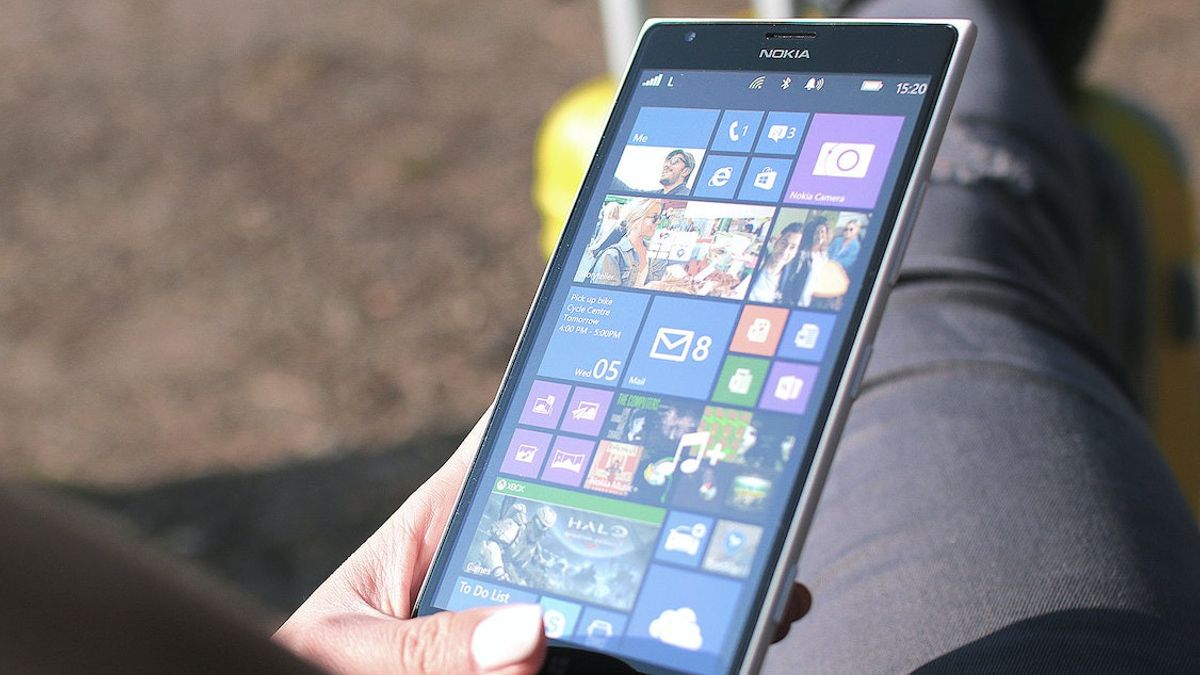YOGYAKARTA - Smartphone users are certainly very familiar with AMOLED. AMOLED stands for active-matrix organic light-emitting diode. AMOLED is a type of screen that is often applied to various electronic devices, such as smartphones, tablets, digital cameras, watches, and others.
The AMOLED screen is a reapplication technology of organic light-emitting diodes or OLED technologies. OLED is a type of electroluminescent technology, which is organic material that can emit light in response to electricity.
The use of OLED on a display panel requires a transition of individual organic compounds, each representing individual image elements or pixels. While AMOLED screen technology deals with this through an active matrix switch, by installing each pixel to a transitor and capacitor. The installation actively maintains pixel status when dealing with other pixels.
Gadget, who uses AMOLED screen technology, is very popular because it offers a number of advantages. Here are some advantages from AMOLED screens:
One of the advantages of AMOLED screens that are loved by gadget users is lower power consumption. This screen consumes less power than other types of screens, such as LED and LCD. With this screen, users are more efficient in their gadget energy.
The AMOLED screen is capable of emitting light without producing too much pnas energy. In contrast to LED and LCD which drain energy due to lower heat broadening.
The AMOLED screen has another advantage in the form of a thin screen dimension. The AMOLED panel generally has a thin organic plastic post, which is about 100 to 500 nanometers. If likened, it is thinner than a person's hair.
In terms of plastic layering, AMOLED is much thinner and lighter, attached to a rigid crystal layer on the LCD screen. Due to its thin shape, there are also more light passing through. This makes AMOLED able to produce brighter driving than ordinary LEDs.
Another drop offered by AMOLED screens is that it has a high contrast ratio. The contrast ratio on this screen is much higher than the technology on other LCD screens, such as IPS and TN technology.
AMOLED has a higher contrast ratio because each pixel or diode of organic matter produces color and emits light.
Another advantage of the AMOLED screen is to present a look that is of better quality. The image displayed on the AMOLED panel is brighter and seems more real than the appearance on the TN and IPS panels.
In terms of point of view or angle, AMOLED screen technology is also better than high-end IPS panels. When viewed from the side or tilted position, the color and brightness display do not change. In addition, AMOLED panels work with a faster response time than generally IPS panels.
The AMOLED screen is not a technology that is too sophisticated, so there are no shortcomings. There are a number of shortcomings from AMOLED screens, including:
Although sophisticated, unfortunately AMOLED panels from organic materials are quite prone to water damage. In contrast to diodes on LEDs and inorganic crystals on LEDs that are stronger when exposed to water.
Another shortfall from AMOLED screen is that the image in the panel is difficult to see directly in the sun. This condition is different from the IPS panel which tends to be more visible. The minus side is caused by the reduced brightness of the display technology and the absence of backlight.
The lack of AMOLED screens that users complain a lot about are short-lived. This screen is more degraded compared to other screen technologies, such as virtual alignment, twisted nematic, and TFT-LCD.
Demikianlah informasi mengenai apa itu layar AMOLED dan kemampuannya dan kekurangannya. Berbagai kebahan yang ditawarkan membuat layar ini memiliki harga yang lebih mahal dibandingkan jenis layar lainnya.
Stay up to date with the latest domestic and foreign news on VOI. You present the latest and most recent nationally and internationally.
The English, Chinese, Japanese, Arabic, and French versions are automatically generated by the AI. So there may still be inaccuracies in translating, please always see Indonesian as our main language. (system supported by DigitalSiber.id)












